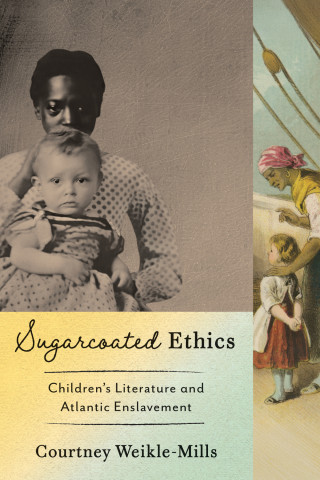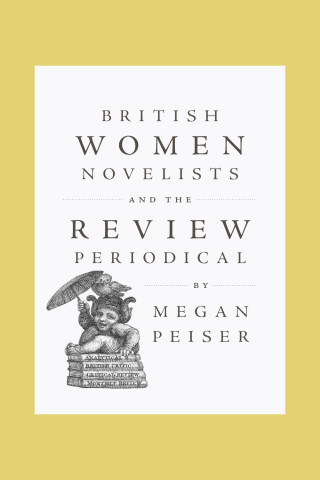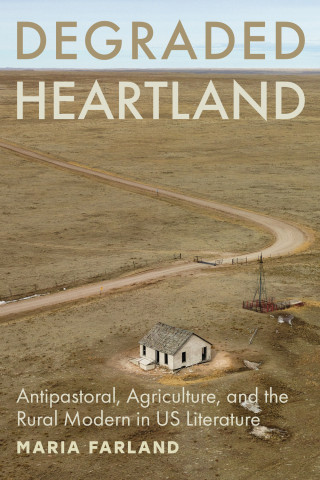
Reviews
This is a remarkable and important book, one that scholars will be learning from for a long time and that critics and theorists of the arts will want to ponder for its interventions into the basic questions of aesthetics, ideology, and the relation of artistic theory and practice. It will certainly spark a much-needed debate in the complacent circles of British art history, one that will fruitfully cut across the familiar battle lines between 'left' and 'right,' 'theorists' and 'historians,' 'scholars' and 'critics.'.
Book Details
Preface
Chapter 1. Aesthetics and Deism
Chapter 2. Shaftesburian Disinterestedness
Chapter 3. Addison's Aesthetics of the Novel
Chapter 4. The Conversation Piece: Politeness and Subversion
Chapter 5
Preface
Chapter 1. Aesthetics and Deism
Chapter 2. Shaftesburian Disinterestedness
Chapter 3. Addison's Aesthetics of the Novel
Chapter 4. The Conversation Piece: Politeness and Subversion
Chapter 5. The "Great Creation": Fielding
Chapter 6. Aesthetics and Erotics: Cleland, Fielding, and Sterne
Chapter 7. The Strange, Trivial, and Infantile: Books for Children
Chapter 8. From Novel co Strange to "Sublime"
Chapter 9. From Novel to Picturesque
Chapter 10. The Novelizing of Hogarth
Illustrations
Notes
Ackowledgments
Index





